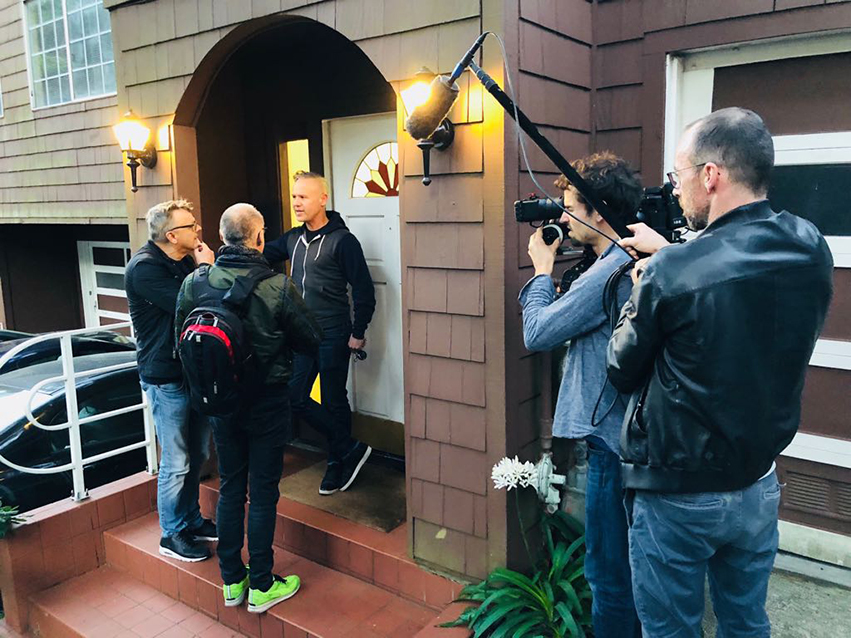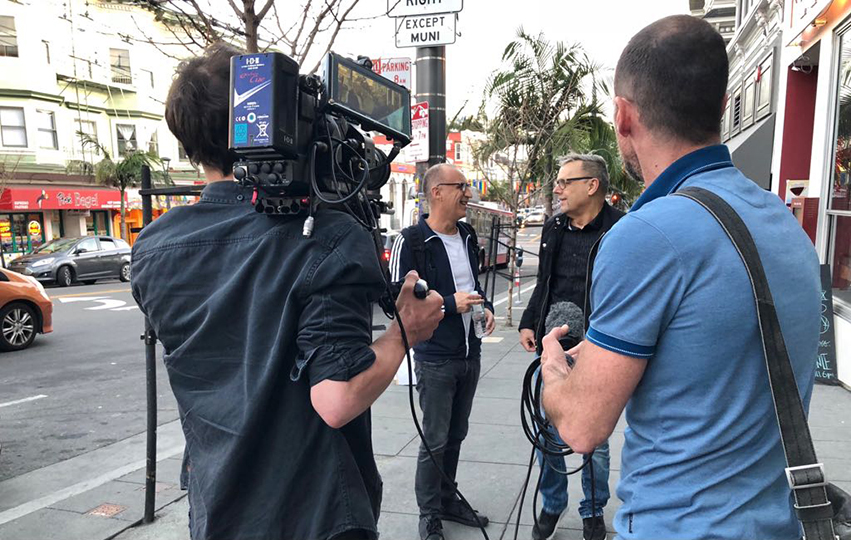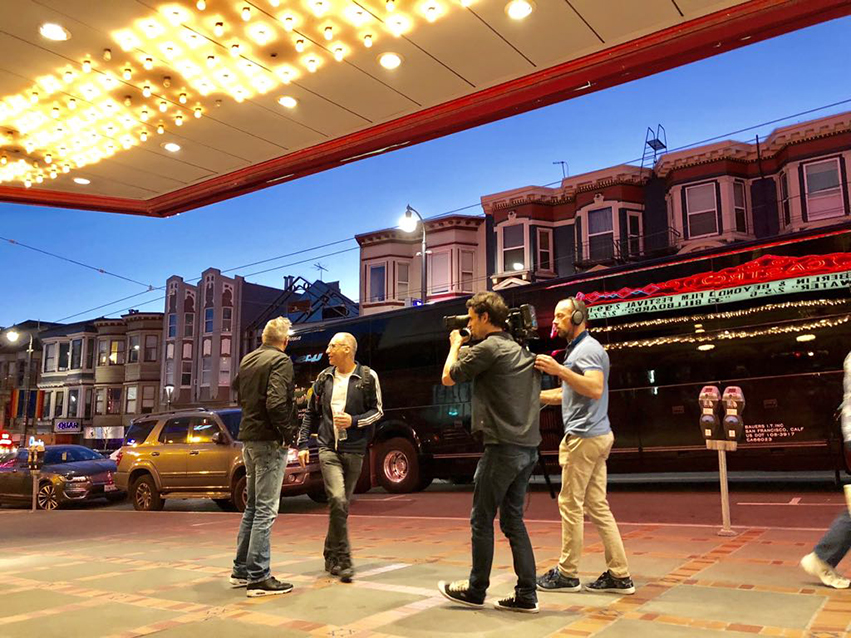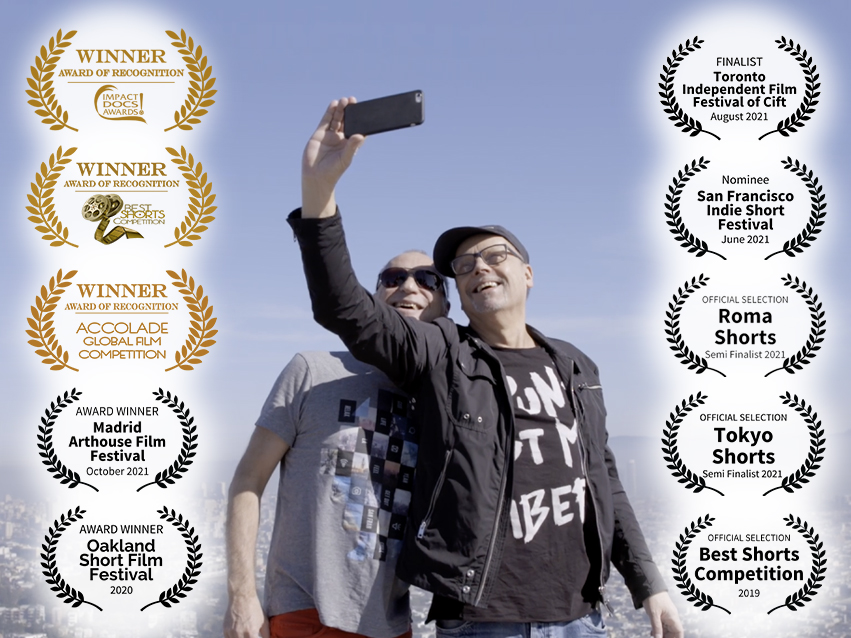The Netherlands
The Netherlands has a population of nearly 18 million (2024). By the end of 2022 around 24400 of them were people living with HIV. (PLHIV) 22000 of them were receiving HIV medical care. An estimated 1400 people don’t know yet that they are infected with HIV. 62% of the infected population are gay men (nearly 14.000) 19% are women. (4,120)
The number of new HIV diagnoses dropped from nearly 1200 in 2010 to 393 in 2022. The estimated number of HIV infections in 2022 was even lower: 140.
The overall number of infected children is tiny and 95% get ART. The country’s program to prevent mother-to-child transmission (PMTCT) of HIV is a success averting virtually all infant cases.
The vast majority of HIV in the Netherlands is found among men who have sex with men (MSM). HIV infection is concentrated in the large cities. In 2022 there were 21 people who died of AIDS. Combating HIV/AIDS is a clearly stated aim of Dutch domestic and foreign policy which it supports wholeheartedly.
(Sources: Stichting HIV-monitoring and UNAIDS with HIV (PLHIV) today.)
Looking for Curtis
Amsterdam, The Netherlands
Atlas2018 is nearing its culmination: all the travel is done and all the stories have been brought together. Only one story is missing: that of the men who first came up with the project over a kitchen table, Erwin Kokkelkoren and Bert Oele.
It’s a story about boyhood dreams, about love, about being fed up with HIV, about art, about their passion for the work. “Looking for Curtis”—what moves Erwin and Bert to action.
We’re in Atlas2018’s office, and though it’s Erwin’s birthday today and congratulations are pouring in, there’s no time to celebrate. We’re surrounded by posters, flyers, loose papers, and computer screens alive with activity. But I still manage to grab some time to talk with the two of them and to think back to San Francisco, the Castro, in 1994.
Curtis
Only three years earlier, in 1991, the two heard from their doctors Joep Lange and Sven Danner that they had HIV, and had had it for a long time.
In 1991 there was no medication for HIV, and they understood they had only perhaps a year or two before dying of AIDS. Their situation was hopeless, and their helpless doctors told them “Get out there and do something great. Make the best of your time!”
And so they decided to travel—to Indonesia, Thailand, New York and California. In 1994 they reached the Castro, San Francisco’s gay district, and without really knowing what was in front of them, saw the consequences of the AIDS epidemic. Bert says “We saw empty houses and empty shops. But at the time we didn’t realize it was because of all the gays in the Castro who had died of AIDS.”
They met Curtis in a bar.
“Oh my god, he had this enormous vitality, a certain brutality… he was loud, like me”, Erwin says, jumping up in excitement. “He came into the pub and he was totally there, it was instantly great. He had HIV and was trying to get disability benefits. His blood values had to go down; without health insurance he couldn’t afford to get sick. His life was at stake, his survival.”
They stayed at Curtis’s home, where he was a generous host. “It turned into a week, all uproar and pure fun. Well, fun for us! Most of the people Curtis knew had gotten fed up with him, making him a lonely guy. Now I know why he was important to us: because he put up such a good front, we realized how badly it was going for him. And not just for him, but for all the others too.”
Now 25 years later, in the spring of 2018, the Atlas2018 team was driving around the Castro on the way to interview and film long-term survivors of the 1990s AIDS epidemic.
Everything suddenly came together. Bert says “When we drove into the Castro I burst into tears I couldn’t stop, and all of the past came back to me.” Interviewing these long-term survivors also meant looking into themselves. Erwin: “It was like looking into a mirror, deeply moving but at the same time very heavy.” They searched for Curtis, but in the Castro of 2018, Curtis wasn’t to be found.
Why Atlas2018?
When the idea of Atlas2018 came up between them Erwin said “No way! We’re not doing that.” Bert answered “Why not?” Now he says “That’s just how I think: why not?”
“And how did this mega-project ever begin?” I ask them.
“It began with the World AIDS Congress in Melbourne in 2014,” says Bert. Their first AIDS specialist, Joep Lange, was on his way to the World AIDS Congress with his partner Jacqueline and others aboard Malaysia Airlines flight MH17. But it was shockingly shot down over Ukraine, killing everyone on board. “We expected to travel on that same flight, but shortly before departure they rebooked us because the flight was full. If not we would have died with them.”
They made it to the Congress on another flight. There, in an atmosphere emotionally charged by the tragedy of losing Joep, Jacqueline and so many others, they met Lambert Grijns, the Netherlands’ ambassador for HIV and AIDS. According to Bert, he said “Why don’t you keep on? Your biographical pieces in [their documentary and book] ‘The Time There-After’ are unique, good and direct. You need more material to bring to AIDS2018 in the Netherlands.”
Back home in Amsterdam they thought it over: “The Time There-After”, sure, but more: stories from around the world… a world AIDS congress in 2018… world… atlas… AIDS2018… Atlas2018. Yet it seemed too much, too big, too… something. They could feel themselves resisting the notion. They’d had enough of HIV. Erwin said “We’re not doing that, it’s much too big.” But Bert answered “Oh, why not?” (“That’s what I always think: why not? If you don’t try, you end up with nothing, but if you do, you may get somewhere.”) Finally they found themselves grinning at each other over the kitchen table.
What was the turning point for Atlas2018?
“Hm, yes… that came during our first trip for the project in 2015. Suddenly we knew what made Atlas2018 important for us”, says Erwin, almost too excited to talk. “We visited ‘Helping Hand’ in Frankfurt, Horst Herkommer’s project. Suppose you’re an African refugee woman. You arrive in Germany pregnant, abandoned by your husband, and when you get the HIV test they require for pregnant women, you discover that you’re HIV-positive. Helping Hands puts you in contact with other immigrants and helps you out of your isolation. Horst does this with no strings attached.”
That’s a perfect example of what they want: the stories of people with HIV who have to fight to survive. Bert: “Our stories are about people who normally are never in the spotlight, people who are modest but tough, and we shine a light on them and let them speak for themselves.” Erwin: “To improve the world… no, it’s not that. But these vulnerable people who have the courage to tell their stories, they are what make this project worth doing.”


Young men’s dreams
Yes, that’s all fine, but what keeps you going? What keeps the fire burning? What were your dreams as young men?
Erwin: “Well, now that we’re talking about it… as a boy I wanted to be a writer. I wrote lots of stories—too long, of course!”, he says with a laugh, “but always fun, fantasy stories and… I’m almost afraid to tell you, but they were always quite moralistic: good and bad, black and white, and you had to fight for the good. I got this from my home life; my parents were very bad for justice.”
Bert: “I felt that all morality was there to be broken. As a boy I made radio programs, I mixed music and I talked about everything all together. I wanted to be a film director, and my favorite films were absurd ones where you broke through normal reality, entered dreams, experienced the unexpected. You’d open a closet to find it empty. Surrealism, that was my thing. As a 15-year-old in 1964/1965 I was going to art-film houses in Groningen and just sucking them up.”
Erwin: “Yes, when we were first getting to know each other you showed me Pasolini’s films.”
Bert: “And I think that’s what brought us together: I was looking for something firm to hold onto, and you were looking for your freedom.”
Erwin: “You taught me how to fly and I taught you how to keep your feet on the ground. And you opened an enormous space to me, an enormous field of imagination that’s foreign to the Kokkelkorens. I grew up in a working-class environment, a warm, grounded nest. Sure I was writing, but I really wasn’t up to it. I was always searching for spirituality, for the imaginary. I’d moved from one pastor to another and was hanging with Sanyassins [spiritual seekers]. I was dabbling in the supernatural. And Bert fitted in without a glitch.
The two men have been together for 35 years—they’re now married—and they still talk about each other with passion and mutual admiration. You can see right away not only how they function as a couple and how well they fit together, but also how they can pull off such a huge project.
Bert: “You go a lot deeper with people. You talk to them, you write and interview and really go as far into their lives as you can. And that’s fine, but it’s the way this project has been carried out that gives me the greatest pleasure imaginable.”
Erwin: “Bert is still more the artist and I’m more a guy who just knuckles down to work. An artist needs more guts, has to be able to let things go on their own. I do best as a writer.”
And in the project, how do you find your liking for “guts to live, to let go”?
Erwin: “What interests me most about the whole matter of HIV for those people… not so much in the Netherlands, but for example in Cambodia—like the sex workers who live in a crappy slum at 40-degree temperatures—these people also have to let go of what’s normal. They have to live in a whole different world just to survive. Just to record their stories so intimately makes me feel enormously privileged.
In Russia too: if you’re homosexual or a drug addict or whatever, everyone in the whole society is against you. Well, then you have to face the world with a certain amount of bravado.”
The countdown has almost hit zero, and Atlas2018 is close to being set up in the Rai and de Beurs. How are you holding up?
Bert: “We’re working like hell. It’s abnormal how hard we’re working. At the same time it’s… I would never have thought I could do this. Together, but especially for myself, that I’d ever be able to pull this off. Because it’s been my dream forever to film something and really make something of it.”
Erwin: “Yes, I’m euphoric that it’s going to happen, that we’re doing this together, with a fantastic team of people brave enough to shoot for the moon with us.”
They’re living their lives with panache and off the beaten path, taking risks, on their own and with imagination.
We’ve been talking for over an hour. They’d like to go on thinking about all this, but there’s no more time now. Erwin is shocked to look at his mobile phone: “I really have to go see Willem right away. Where are my shoes?”




